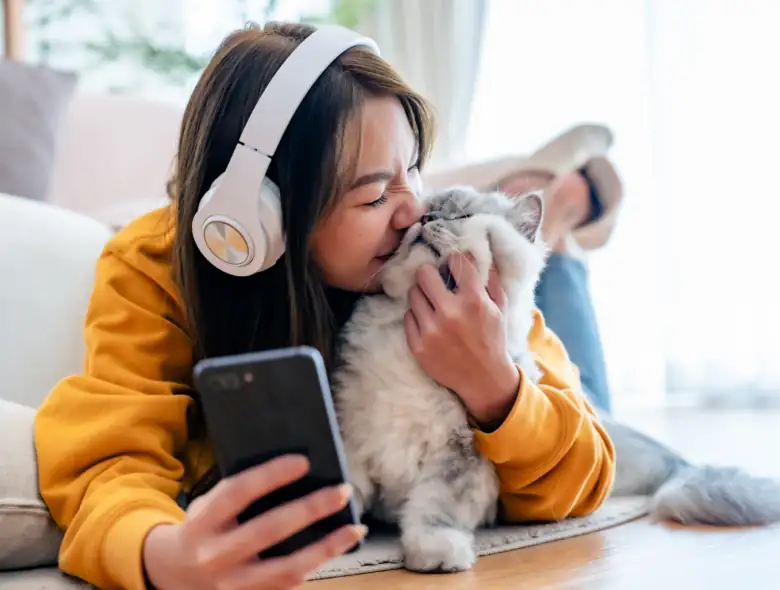Some people might be thinking, “I want to get a cat when I start living on my own,” but feeling anxious about questions like, “How much will it cost to take care of a pet?”
If you get a cat with the casual mindset of “I’ll figure it out somehow once I have one,” you might end up regretting it, thinking, “This was not what I expected.”
In this article, we will introduce the initial costs and necessary expenses of keeping a cat while living alone, the benefits and downsides, and how to find a property where you can live with a cat. Please use it as a reference.
At Village House, we offer a wide selection of properties where you can keep cats. If you’re looking for pet-friendly rental properties, please visit our website.
Benefits of owning a cat in a rental property
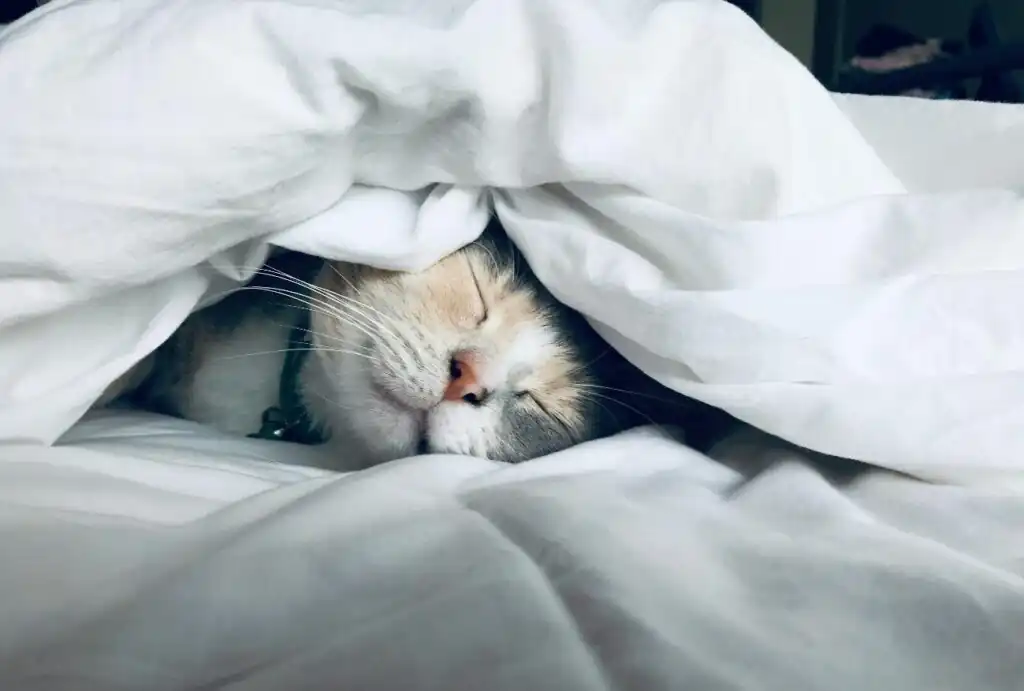
Increases happiness and provides comfort
Have you ever felt soothed and comforted just by watching videos or looking at pictures of cats? The relaxing effect of cats on people has been scientifically proven.
For example, research by Takumi Nagasawa from Tokyo University of Agriculture has shown that touching a cat can increase levels of ‘oxytocin,’ a hormone known as the ‘happiness hormone.’
Oxytocin has a stress-reducing effect, and its release helps stabilize your emotions. In other words, owning a cat can help reduce stress in your daily life and make you feel relaxed.
Foster’s affection and bonding
This is not limited to cats, but keeping a pet allows you to experience the joy of nurturing and caring with love, bringing a sense of purpose and fulfillment.
Spending time with a pet can give you a sense of purpose and fulfillment. Even if you can’t communicate with cats through words, you can deepen your bond through physical affection and play, which can also help alleviate the loneliness of living alone.
Brings liveliness to your life
Keeping a cat can also improve your lifestyle. For example, there are cases where people who don’t like cleaning start tidying up their room for the safety of their cats or try to adopt a routine to match their cat’s schedule. Living with a cat can bring liveliness to your daily life.
Downsides of owning a cat in a rental property
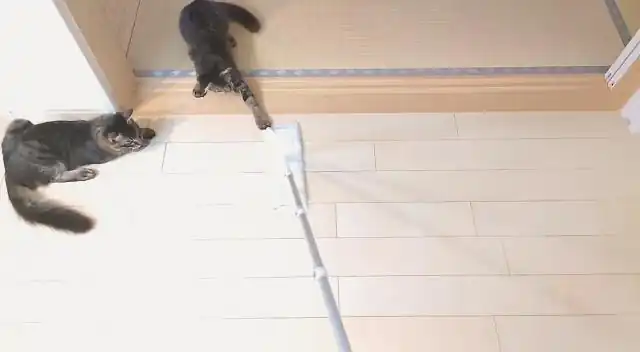
Costs of owning a cat
When you start keeping a cat, you’ll need to purchase items such as a litter box, bed, and toys. There are also costs for vaccinations, spaying, or neutering. Monthly food expenses can range from 5,000 to 10,000 yen. Moreover, if your cat gets sick, you will also have to pay for medical expenses, increasing the financial burden.
Unable to leave home for long periods of time
Many people who own cats worry about leaving them at home when they are away on vacation or business trips. While you can leave your cat at a pet hotel when you are away, this typically costs over 3,000 yen per night, which means traveling spontaneously becomes more difficult.
Additionally, there are pet sitters who can manage feeding and cleaning the litter box while you’re away, but like pet hotels, this service also incurs costs. If your job has a lot of business trips, keeping a cat may not be advisable.
You have to clean regularly
Keeping a room clean while owning a cat is often more challenging than expected. Cat hair can spread everywhere, and you might be concerned about the smell of the litter box. Additionally, the room can also get dirty from scattered cat droppings, cat food spills, and hairball vomit.
Furniture and walls can get damaged
Even if you provide a designated scratching post, your cat may still scratch walls and furniture. In addition, because cats have a habit of jumping on anything that catches their interest, they may intentionally knock things over and cause damage to the floor.
In rental properties, you will be charged ‘restoration costs’ to return the room to its original condition upon moving out. If the room is full of damages, the repair costs are likely to be high.
Sleep deprivation
Cats are nocturnal and are most active at dawn and dusk, which means that owning a cat can lead to sleep deprivation.
It is said that cats become active in the early morning due to their hunting instinct triggered by their nocturnal nature. They may start becoming active around 5 a.m., running around the room or meowing loudly. In some cases, the noise might even be audible to neighbors, which may result in complaints.
Costs of owning a cat
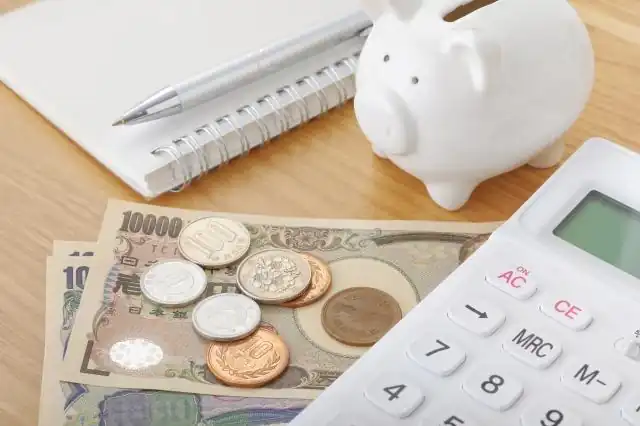
Initial costs of owning a cat
| Food and water bowls | Starting from ¥1,000 |
| Food and treats | Starting from ¥4,000 |
| Scratching posts | Starting from ¥1,500 |
| Litter box set (including container and sand) | Starting from ¥4,000 |
| Brush | Starting from ¥1,000 |
| Toys | Starting from ¥1,500 |
| Cage | Starting from ¥7,000 |
| Cat tower | Starting from ¥6,000 |
| Carrier | Starting from ¥4,000 |
| Total | Starting from ¥30,00 |
Excluding the cost of the cat itself, the initial costs are around ¥30,000. Items like food bowls and toys can also be found at 100-yen shops, so if you want to save on initial costs, be sure to check those out.
Monthly costs of owning a cat
| Food and treats | Starting from ¥4,000 |
| Litter | Starting from ¥2,000 |
| Replacement scratching post | Starting from ¥1,500 |
| Toys | Starting from ¥1,500 |
| Total | Starting from ¥9,000 |
The monthly cost of caring for a cat is about 9,000 yen. However, since cats can get sick easily, it’s recommended to set aside extra funds to cover medical costs.
How to find a cat-friendly property
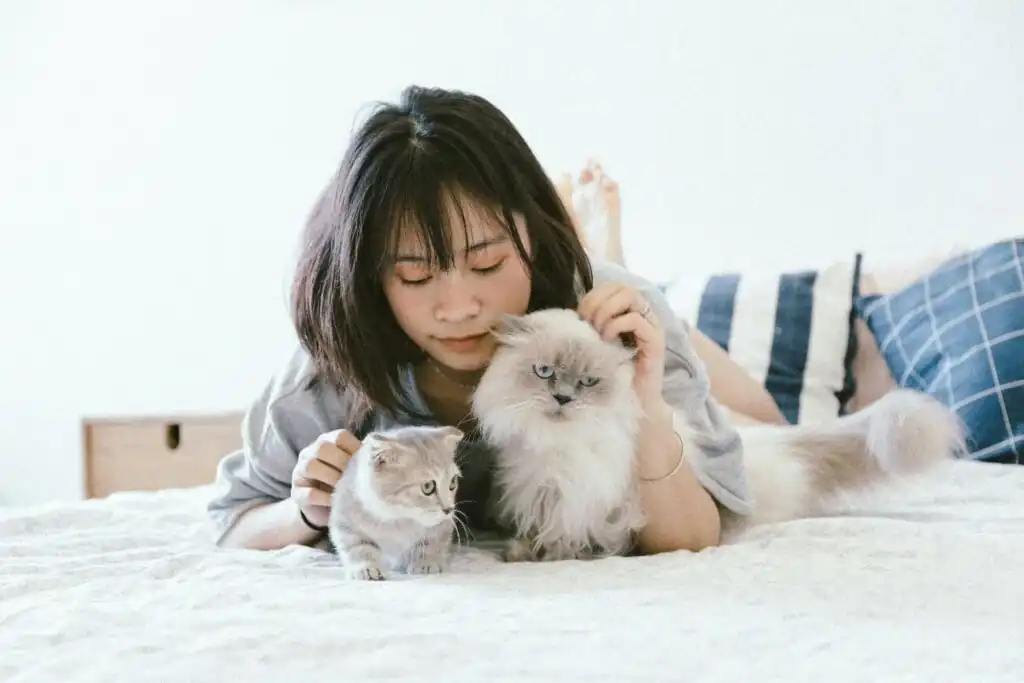
Find a pet-friendly property
To keep a cat, you need to find a property that allows pets. If the property does not allow pets, you risk breaching the contract and being forced to move out. Moreover, even if the cat’s presence goes unnoticed while you’re living there, the distinctive smell and scratching marks will likely be discovered when you move out. In such cases, you will be charged a penalty of 1 to 3 months’ rent, so please do not keep a pet in a property that does not allow pets.
Clearly define your non-negotiable conditions
Pet-friendly properties are limited, so being too picky about the facilities or conditions might prevent you from finding a place within your budget. Therefore, when looking for a room where you can keep a cat, be clear about the conditions you are willing to compromise on.
Consult with a real estate agent
Even in pet-friendly properties, there are often restrictions on the type and number of pets you can keep. Therefore, it is important to let them know in advance that you are looking for a cat-friendly property. In some cases, you may be able to negotiate and be shown a property that is likely to allow you to keep a cat, so it is a good idea to consult early on.
Keeping a cat can lead to higher costs when moving out

Keeping a cat can easily lead to scratches on wallpaper and flooring. Any damage caused by pets must be repaired at the tenant’s expense. In pet-friendly rental properties, you can expect additional costs for repairing damaged areas and odor removal, on top of the standard cleaning fees.
Additionally, the typical move-out cost for pet-friendly properties is around two to three months’ rent. In other words, many properties have a higher security deposit to cover these uncertain moving-out costs.
Tips for reducing move-out costs

Lay down mats or carpets
Laying down mats or carpets on the floor can prevent scratches caused by pets. It is also useful because it prevents pet droppings from soaking into the floor. Square mats that cover the entire floor can be purchased for around 300 to 500 yen each. It is also recommended to choose a product with high soundproofing quality, as it can minimize disturbance to neighbors below by reducing the noise when your cat runs around.
Apply protective film to walls
Protective film that can be applied to walls is also useful for preventing scratches caused by cats sharpening their claws on the wall. For rental properties, we recommend choosing a static-attached type rather than an adhesive type that can easily damage the wallpaper. A 1-meter-wide sheet can be purchased at a home improvement store or online for around 2,000 yen.
Trim your cat’s claws regularly
Regularly trimming your cat’s claws will prevent them from scratching your floors and pillars. It’s a good idea to check your cat’s claws at least once every two weeks to make sure they aren’t growing too long.
Managing odors using an air purifier
By using an air purifier regularly, you can prevent pet odors from soaking into the wallpaper. Keeping the air clean also benefits your pet’s health. We also recommend choosing high-odor-absorbing pet pads or litter. Even if you are away and cannot clean up immediately, you will not have to worry about the smell.
At Village House, we offer a wide selection of pet-friendly rental properties. If you’re looking for a place where you can keep a cat, please feel free to contact us.
Related articles:
- Owning Pets in Japan
- Pet Friendly Rental Properties – Is It Possible to Get a Pet in the Middle of Your Lease?
- 5 Step Guide On How To Move With Pets
- Live Happily with your Pets in a Rental Apartment
- Top Pet Friendly Apartments

Hello, I’m Machiko Doi, a freelance writer who writes about housing and living in Japan.
I live in an 80-year-old house that I inherited from my grandparents along with my two shelter cats and daughter.
We live a relaxed life while repairing the house.
I like to cook vegetables from the garden and fresh fish caught by my father, and enjoy them with cold beer on a hot day or hot sake on a cold day.


